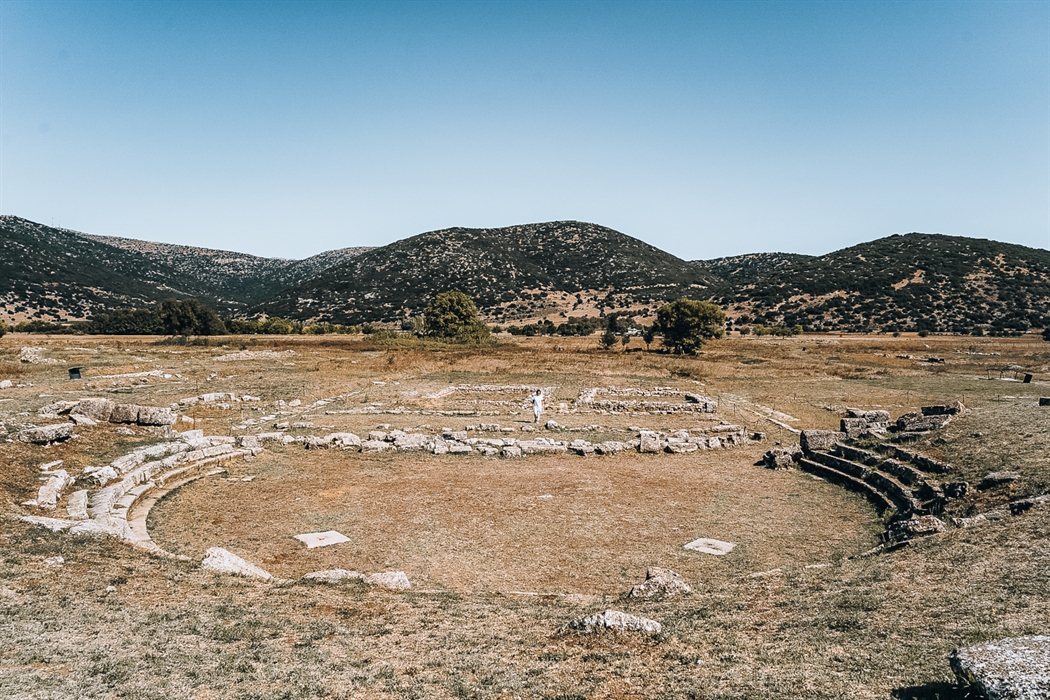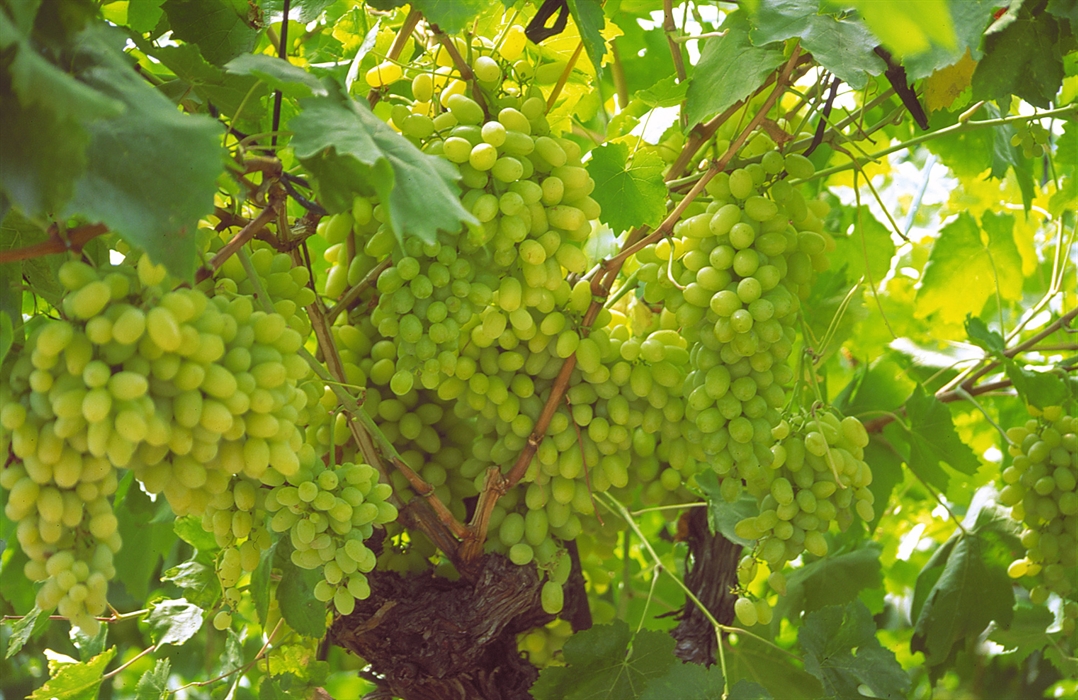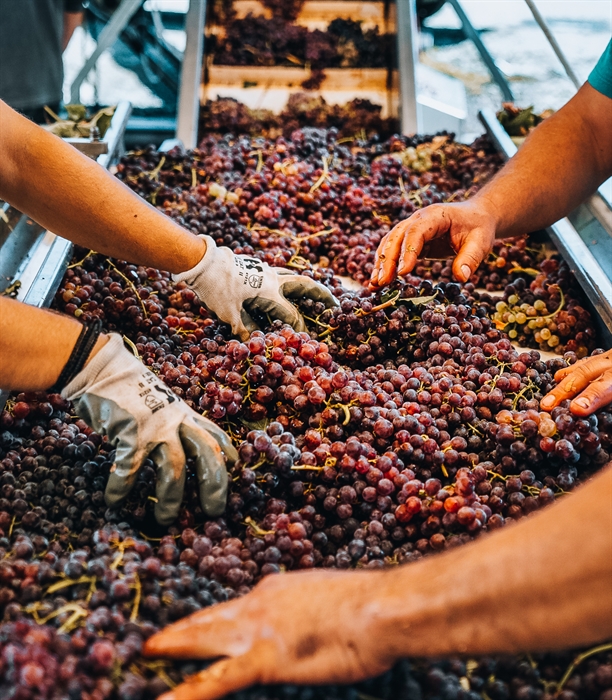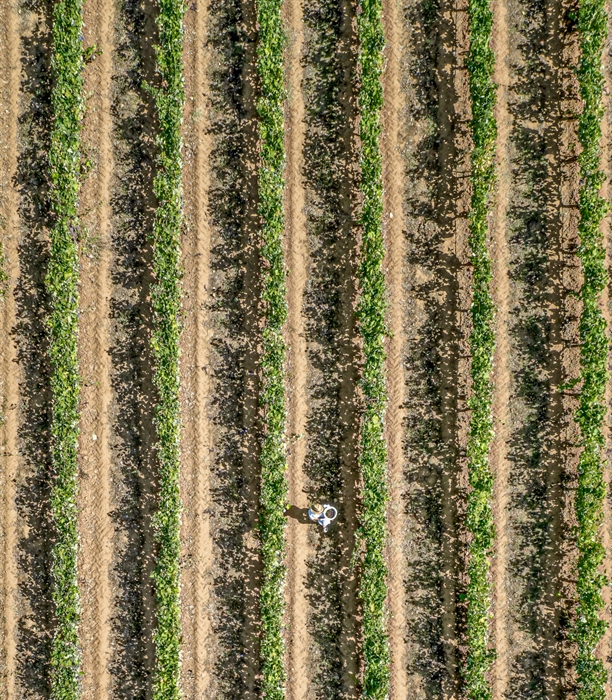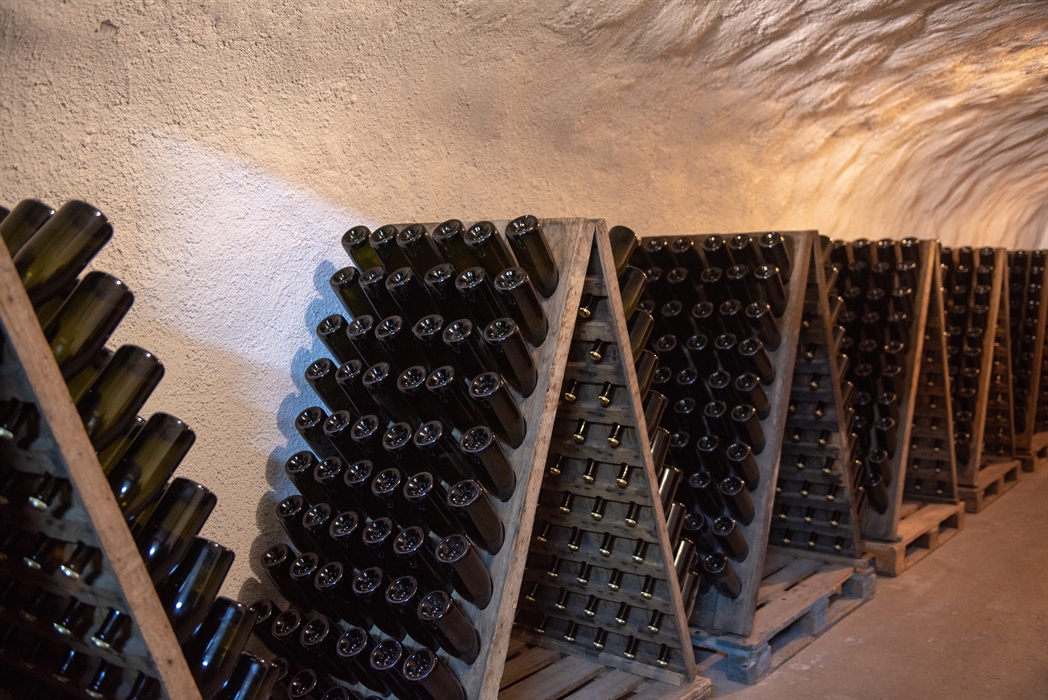The ancient city and vineyards of Mantineia
Mantineia was an important city in ancient Greece, and it is now mainly known for the impressive remains of its fortified enclosure, as well as the agora, the theatre and public buildings. Although the city is now in ruins, the region’s reputation for wine-making has continued from ancient times right up to the modern day.
Mantineia was an important city in ancient Greece, and it is now mainly known for the impressive remains of its fortified enclosure, as well as the agora, the theatre and public buildings which were in the centre of the ancient city. Fortunately for archaeologists and researchers, the traveller Pausanias visited the area around 170 AD and details the city’s history and monuments.
The ancient theatre. Built at the western end of the agora, the theatre dates from between the 5th and 4th BC. It was excavated by the French Archaeological School in the 19th century and the stage, the orchestra, and some of the lowest rows of seating came to light. It was relatively small and could hold 6,200 spectators.
Ancient Mantineia is 12 km from Tripoli.
The vineyard and the wines of Mantineia
The region of Mantineia has been known for its wines since ancient times, and Homer described it as "multi-variety". Pausanias, the 2nd century traveller and geographer, also described the area in detail. Although moscofilero is also planted in other regions in Greece, the variety is mainly connected to Mantineia. The grape gives white and rosé wines with fine aromas and a fruity taste.
Protected Designation of Origin (PDO) status was awarded to wines grown in the Mantineia area in 1971. The grapes ripen slowly and the harvest is late here as it is one of the coldest regions in Greece, with a lot of rain and snow.
See the Wine routes of Arcadia
Location
Find the destination on the interactive map below.
Σχετικό περιεχόμενο χρηστών (UGC)
Ενημερωθείτε για ενδιαφέροντα θέματα γύρω από τον προορισμό μέσα από το περιεχόμενο των χρηστών μας
Discover 7 hidden gems of the Peloponnese
Many of you may have already visited some of the most renowned attractions…
TOP 10 archaeological museums in the Peloponnese
Olympia, Mycenae, Epidaurus, Diros Cave, Ancient Corinth, Messene and…
TOP 10 Castles in the Peloponnese
Castles galore! Mystras, Monemvasia, Palamidi, Methoni, Koroni,…
Newsletters
- About us
- FAQ's
- Map
- Tourism information centers
- Disclaimer
- Sitemap
- Our brand
- Media roum
- Adding your bussiness
- Corporate
- MICE

Peloponnese. Greece beyond the obvious





Design and creation from Cosmote
Marinas and Moorings
Diving centers
Get inspired
- Media gallery
- Blog
- The Peloponnese in the media
- Your feedback
- Users' general content
- Users' local products
- Users' events content
- Ask a local
More
- Accommodation
- Travel agencies
- Restaurants
- Services
- Destinations Map
- Weather
- Public transport
- Events
- Frequently asked questions
- Useful phones
- B2B
- Destination Data
- Contact

